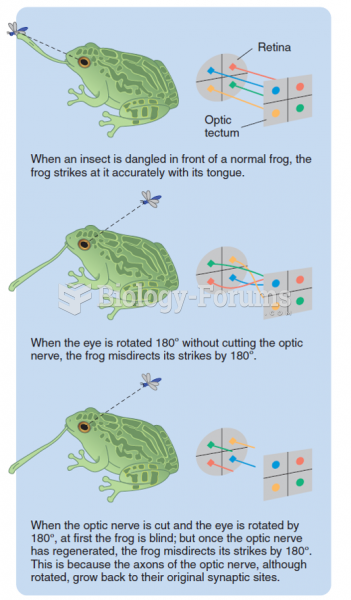|
|
|
Nearly 31 million adults in America have a total cholesterol level that is more than 240 mg per dL.
Cytomegalovirus affects nearly the same amount of newborns every year as Down syndrome.
A cataract is a clouding of the eyes' natural lens. As we age, some clouding of the lens may occur. The first sign of a cataract is usually blurry vision. Although glasses and other visual aids may at first help a person with cataracts, surgery may become inevitable. Cataract surgery is very successful in restoring vision, and it is the most frequently performed surgery in the United States.
More than nineteen million Americans carry the factor V gene that causes blood clots, pulmonary embolism, and heart disease.
The most common treatment options for addiction include psychotherapy, support groups, and individual counseling.







